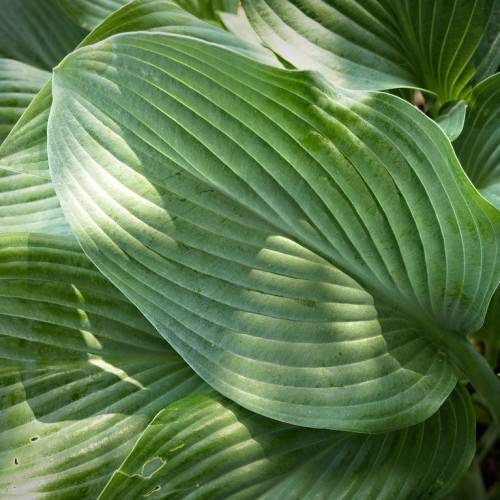
hosta
Hosta 'Krossa Regal'
Cycle:
Herbaceous Perennial
Watering:
Average
Hardiness Zone:
3 - 8
Flowers:
Flowers
Sun:
Part shade,full shade
Leaf:
Yes
Growth Rate:
High
Maintenance:
Low
Care Level:
Medium
watering
Hosta 'Krossa Regal' is best watered when the soil becomes dry to the touch. This could be every few days in hot weather, every week during cooler weather, or once a month in colder weather. When watering, make sure to evenly soak the soil and avoid wetting the foliage of the plants, as this can cause mildew or fungal disease. If grown in a container, you may wish to use a saucer or tray to catch any excess water runoff. In summer, morning watering is also best as it reduces the risk of diseases and sunburn. In the winter months, when the top layer of soil has frozen solid, water your Hosta less; weekly waterings will be enough during this time.
sunlight
Hosta 'Krossa Regal' prefers bright indirect sunlight for optimal growth. Place it in a shaded spot that receives filtered sun for at least 4-6 hours of daylight each day. Ideally, the sun should be present during the morning hours and then slowly move away to provide shade for the hosta during the hottest afternoon hours. This type of schedule will ensure that the hosta gets enough light, but also will not be exposed to too much heat and light, which could damage the leaves. Be careful not to place the hosta in full shade, as it most likely will not thrive.
pruning
Hosta 'Krossa Regal' is a popular shade-loving perennial plant with beautiful foliage and striking flowers. Pruning of Hosta 'Krossa Regal' should be done twice a year, once in late winter and once at the end of the summer. Late winter pruning should be done when the plant is still dormant. Carefully remove any dead leaves, stems, or seed pods that may have accumulated over the winter and prune back any stems that have become woody or overgrown. Summer pruning should be done after flowering is complete. Trim the stems back to encourage bushier foliage, as well as to improve air circulation and reduce the risk of disease. Make sure to sterilize pruning tools between each use to prevent the spread of disease.
